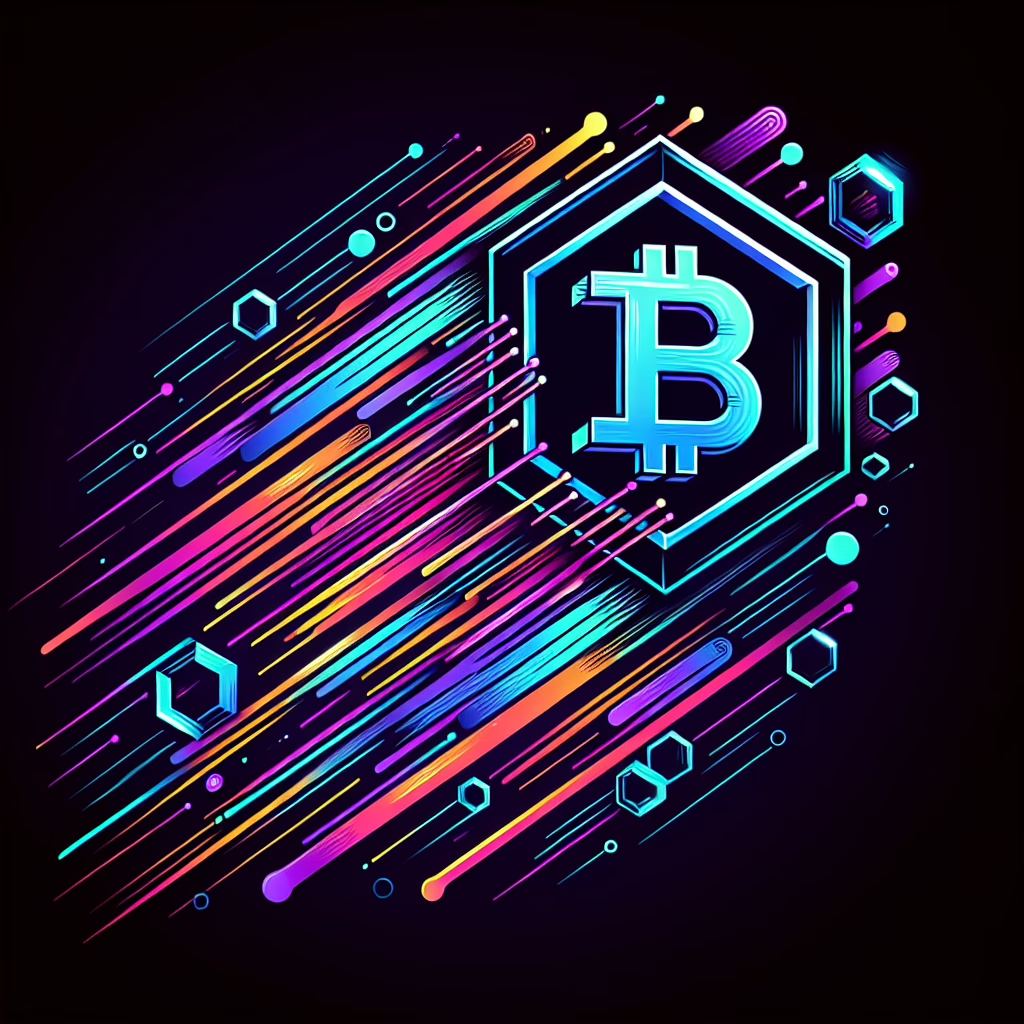In the ever-evolving world of blockchain technology, speed is often heralded as the ultimate virtue. But let’s take a moment to appreciate the journey rather than just the destination. Recent discussions have highlighted how the average speeds of Solana and Cardano have been portrayed, revealing that perhaps our expectations have been a bit too lofty. With hashtags like #BlockchainSpeed and #CryptoReality, let’s dive into this delightful conundrum!
Understanding Blockchain Speed
Blockchain speed is a hot topic, often discussed with the fervor usually reserved for sports championships. The excitement around transaction speeds has led many to believe that the faster a blockchain operates, the better it is. Solana has been touted for its lightning-fast transaction times, while Cardano has taken a more measured approach, focusing on security and sustainability. But what if we told you that the average speeds reported might not paint the full picture?
The Great Speed Debate
According to recent analyses, the average transaction speed on Solana hovers around 20 transactions per second (TPS), which is impressive on paper. However, when you dig a little deeper, you find that this number can be somewhat misleading. It turns out that peak performance is often the highlight, while the average is more of a humble pie. Meanwhile, Cardano, with its steady and deliberate approach, offers a reliable, albeit slower, alternative.
Why Average Matters
Now, you might be wondering why average speeds are important. After all, isn’t it the peak performance that counts? Well, think about it this way: when you’re driving on the highway, it’s not just about how fast you can go at your best; it’s also about how consistently you can cruise along without hitting traffic. Blockchain technology is no different. Consistency can often be more valuable than sheer speed, especially when it comes to user experience and trust.
Performance Under Pressure
Let’s not forget about the challenges that come with high-speed blockchains. Solana’s rapid performance has led to network congestion at times, which can be frustrating for users. Imagine being in a race car that can go 200 mph but occasionally stalls at red lights. On the other hand, Cardano’s slower but steady approach means it can handle traffic more gracefully, which might just make it the tortoise in this blockchain race.
Community and Ecosystem
Both Solana and Cardano boast vibrant communities that contribute significantly to their ecosystems. Solana has attracted a flurry of developers eager to build decentralized applications (dApps) that can take advantage of its speed. However, this rapid growth can lead to challenges in maintaining reliability. In contrast, Cardano’s community is focused on a more academic approach, prioritizing research and peer-reviewed development, which might not be as flashy but certainly has its merits.
The Future of Blockchain
As the blockchain landscape continues to evolve, it’s essential to remember that speed isn’t everything. Both Solana and Cardano have unique strengths and weaknesses that cater to different needs within the crypto space. The key takeaway here is that there’s room for both approaches, and rather than pitting them against each other, we should celebrate the diversity of solutions available.
Conclusion: A Call for Balance
In conclusion, while the race for speed in blockchain technology is exciting, let’s not lose sight of the bigger picture. Each blockchain brings something valuable to the table, and understanding their differences can help users make informed decisions. So, whether you’re a speed demon or a cautious cruiser, there’s a blockchain out there for you!
What do you think? Are you more drawn to the speed of Solana, or do you prefer the reliability of Cardano? Share your thoughts below!

